Who is Winter Sowing Vegetables This Winter?
Violet_Z6
17 years ago
Related Stories
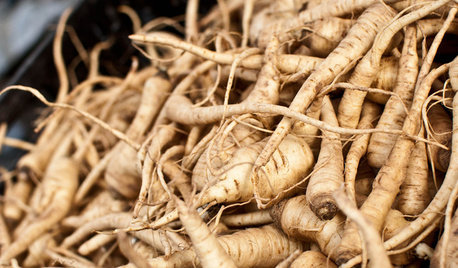
COOL-SEASON CROPSCool-Season Vegetables: How to Grow Parsnips
This unfairly maligned root vegetable is the ideal choice for a winter garden, sweetening with the frost and having a long storage life
Full Story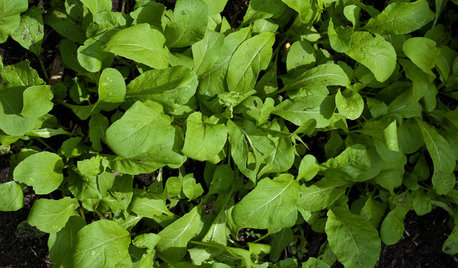
COOL-SEASON CROPSCool-Season Vegetables: How to Grow Salad Greens
From arugula to radicchio, greens have taken a top spot on the table and in fall and winter gardens. See how to start growing them now
Full Story
MOST POPULARHow to Start a Cool-Season Vegetable Garden
Late summer and late winter are good times to plan and plant cool-season crops like salad greens, spinach, beets, carrots and peas
Full Story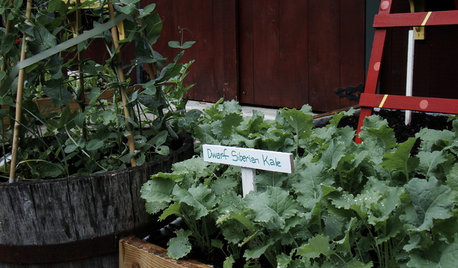
EDIBLE GARDENSCool-Season Vegetables: How to Grow Kale
This leafy green superfood is also a superhero in the garden through fall chills and winter snow
Full Story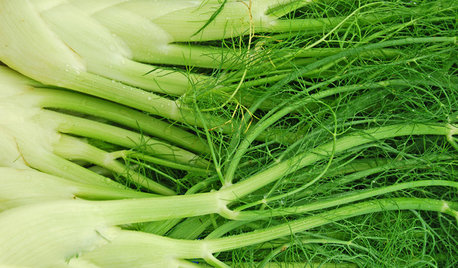
COOL-SEASON CROPSCool-Season Vegetables: How to Grow Fennel
Crunchy and highly flavorful, this herb loves a mild winter or a cool spring in the garden
Full Story0
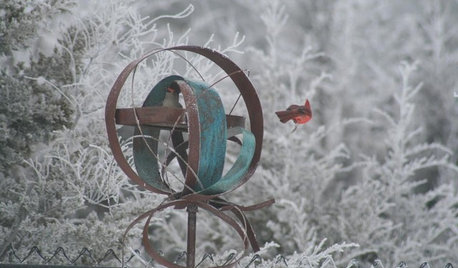
WINTER GARDENING4 Reasons to Celebrate Your Garden in Winter
The season of rest and replenishment is key to a successful wildlife-focused yard
Full Story
WINTER GARDENING10 Native Wildflowers to Beautify Your Winter Garden
They stand strong in wind, feed wildlife and are easy to grow. But you may want to add these plants for their looks alone
Full Story
MOST POPULARHouzz Call: Show Us Your Winter View!
Share pictures of your home and garden in winter — whatever your climate, architecture and plantings
Full Story
GARDENING GUIDESGarden Myths to Debunk as You Dig This Fall and Rest Over Winter
Termites hate wood mulch, don’t amend soil for trees, avoid gravel in planters — and more nuggets of garden wisdom
Full Story
LIFEHard Winter? 9 Ways to Battle Cabin Fever
We know a lot of you are trapped where it just won’t stop snowing. Here are some ways to survive
Full Story




vgkg Z-7 Va
remy_gw
Related Discussions
Winter sowing vegetables
Q
Winter sowing vegetables in zone 4?
Q
Over Winter vs. Winter Sowing
Q
Winter Solstice Celebration and winter sowing
Q
MLcom
gonefishin
donn_
trudi_d
gonefishin
littleonefb
donn_
gonefishin
shellva
Violet_Z6Original Author
gonefishin
donn_
gonefishin
shellva
donn_
vjhale
justaguy2
vjhale
justaguy2
vjhale
veggieluv
soupaman
trudi_d
Violet_Z6Original Author
trudi_d
Violet_Z6Original Author
Violet_Z6Original Author